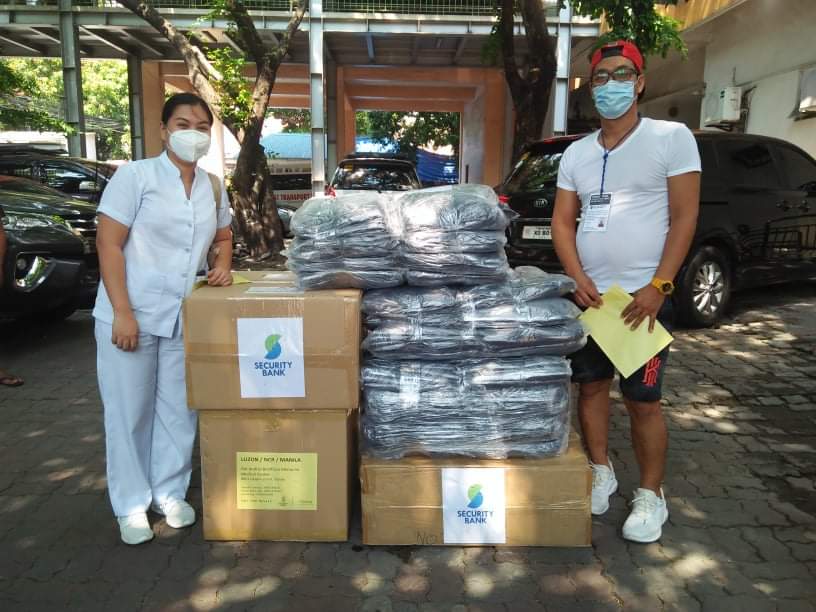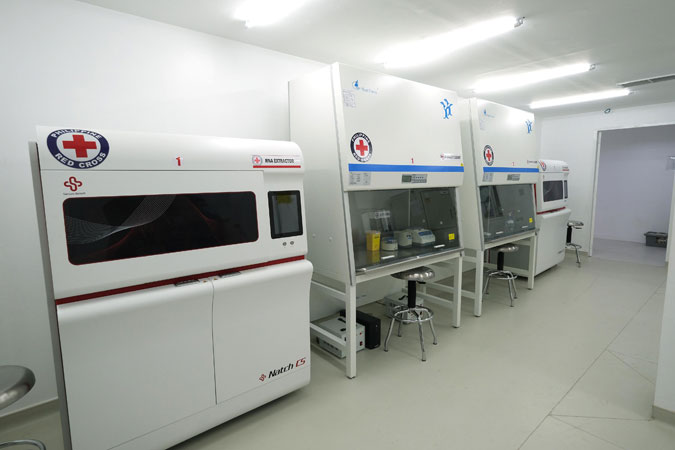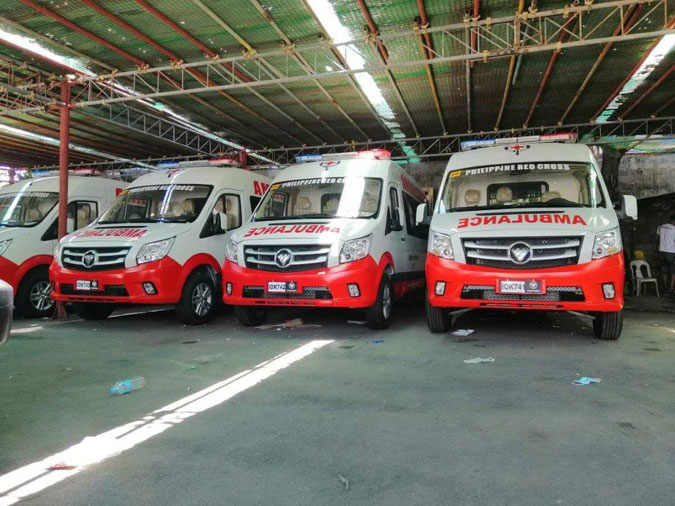Game makers battle to boost accessibility for players with disabilities
As a kid growing up in Cedar Rapids, Iowa, Randy Fitzgerald couldn’t make friends by playing sports. He was born with arthrogryposis, a muscle and joint disorder that made activities like soccer or baseball out of the question. Over time, he discovered another powerful way to bond with his peers—video games.
These days, Mr. Fitzgerald, 41, is a renowned gamer, known in the pro community as N0M4D. Since his arms and legs have limited mobility, he plays by using his upper lip and chin. When he’s not competing, he also consults with video-game companies on ways to improve their products for players with special needs.
Recently, such efforts have been gaining momentum across the gaming world. “A lot more people are able to be in the public eye and show what they can do with our disabilities,” he said.
The rise in prominence of gamers like Mr. Fitzgerald reflects a broader movement in the industry, advocates say, to make video games more accessible for people with visual, hearing, or motor impairments. In the ultra-competitive $150 billion market, improved accessibility for disabled players has become one more way that game makers can stand out. Such considerations, for example, have already opened up a new front in the fierce battle between Sony Corp. and Microsoft Corp. for supremacy in the next generation of video-game consoles.
Craig Kaufman, director of community and outreach for AbleGamers Charity, which provides resources for gamers with disabilities, said the evolution is being driven, in part, by social media. Forums such as Twitter and Discord, an audio platform used by gamers, have led to more discussions about accessibility and a greater awareness of the issue among hardware and software makers.
The major turning point, he said, happened in 2018 when Microsoft’s Xbox began selling its first adaptive controller—a long rectangular device with two large domed buttons on its face that can be specially customized by users. Microsoft promoted the product with a Super Bowl ad featuring a new slogan: “When everybody plays, we all win.”
“That got a lot of the industry talking,” Mr. Kaufman said.
Other companies have since followed suit.
In June, Sony and developer Naughty Dog came out with The Last of Us: Part II, a highly anticipated adventure game for the PlayStation 4 set in a post-apocalyptic version of the US that has been ravaged by a global pandemic. The game offered extensive features for players with disabilities, including those with low vision and colorblindness.
Victor Branco, a Portuguese writer for Game Accessibility Nexus who has degenerative myopia, said The Last of Us: Part II has great text-to-speech capabilities, sound cues, and controller features, such as vibrating when an enemy is near.
“Not having that feeling that at any moment I will have to call someone to overcome a barrier that prevents me from completing a part of the game,” he wrote. “Not feeling tired in the eyes because I have to force them, I end up saving a lot of energy that I can use for what the game really intends me to do, enjoy the gameplay and story.”
Tara Voelker, accessibility program manager and disability community lead at Xbox, said that such considerations need to be incorporated into the early stages of game development to be successful. “If you just thought about it from day one, it would have been super easy,” she said. “But if you forget about it, and you wait until you’re further down the product line, retrofitting it can be stupid hard.”
Karen Stevens, the accessibility lead for Electronic Arts Inc., said that it can be difficult to anticipate every obstacle ahead of time in every game. For major franchises like Madden NFL football or FIFA soccer, she said, feedback from consumers is invaluable. If one version lacks a certain accessibility feature and it gets pointed out by gamers with disabilities, it can be included in the next product.
“Obviously, we’re a very large company—we make a lot of games,” she said. “So it’s very difficult to catch everything. But we know every little bit we try is a little bit better than it would be otherwise. It’s a journey. It’s not a one-step thing.”
Ms. Voelker said that the industry can become more inclusive by hiring more game developers (aka “devs”) with disabilities. “I talk a lot about the reason games are inaccessible is because we don’t have a lot of developers who have disabilities,” she said. “It’s kind of a Catch-22: You don’t have a lot of game devs with disabilities because a lot of games are inaccessible. So why would someone choose to go into game dev if they can’t play games?”
Mr. Fitzgerald, who has seen a lot of progress since he was a kid, said that he expects more barriers to fall in the years ahead.
“Newer developers are coming in with new ideas,” he said. “You know it’s these fresh minds in the industry, envisioning a better future in favor of everybody.” — Bloomberg




 Three negative pressure ambulances, worth PHP 11.4 million, were provided to help transport suspected COVID-19 patients from their homes to COVID-19 healthcare facilities. Equipped with tools that lower air pressure and disinfect and filter the air, this type of ambulance protects patients and paramedics from cross-contamination.
Three negative pressure ambulances, worth PHP 11.4 million, were provided to help transport suspected COVID-19 patients from their homes to COVID-19 healthcare facilities. Equipped with tools that lower air pressure and disinfect and filter the air, this type of ambulance protects patients and paramedics from cross-contamination.
